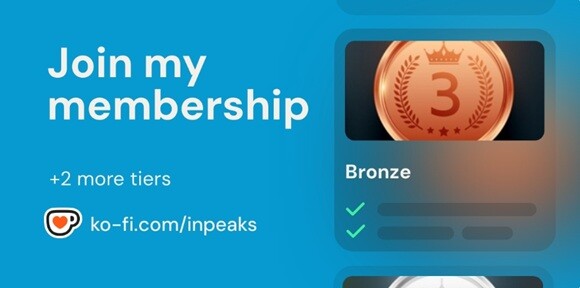For many years, writing for search engines was all about keywords. Find the right ones, use them often, and hope to land on page one. While that foundation still matters, the way search engines understand and rank content has evolved. Today, writing for SEO, whether you’re working on a niche blog or offering Brisbane copywriting services, means understanding what people actually want to find and shaping your content to meet that need clearly and convincingly.
This shift is about writing in a way that truly helps your audience, while still satisfying search engines in the process. The best-performing content in 2025 is informative, natural, and structured around meaning rather than mechanics.
Intent Over Input
When someone searches online, they’re asking a question or looking for a solution. That underlying motivation is called search intent. Recognising it is one of the most important steps in writing content that works well in search.
There are different types of intent. Some people want quick answers. Others are comparing options. Some are ready to buy, while others are still researching. Understanding which category your topic fits into helps shape the tone, length, and structure of your writing.
Search engines are getting better at matching content to intent, which means your focus needs to shift from using keywords frequently to making sure your content actually answers the right question. That might mean covering subtopics that are often asked alongside your main theme, or including resources that help a reader take the next step. This is a key principle in Brisbane copywriting, where localised and intent-driven content can make all the difference in reaching the right audience.
The Role of Clusters and Entities
Instead of writing a single blog post to target one keyword, many businesses are now creating content clusters. This approach involves building a central page around a broader topic, then supporting it with smaller articles that explore related angles. Each piece links to the others, helping both users and search engines understand the relationship between them.
It also keeps readers engaged, giving them an easy path to continue learning. If you’re writing about sustainable packaging, for example, you might create a central guide with links to posts about materials, certifications, logistics, and customer perception.
Entity-based optimisation also plays a part here. Search engines now identify connections between ideas, not just words. They understand that “Sydney,” “harbour,” and “Opera House” are all tied to the same location. When writing—whether for a national audience or for a Brisbane copywriting project, it helps to include related concepts, terms, and names that give your content more context. This approach makes your content easier for algorithms to interpret and for readers to trust.
What AI Can (and Can’t) Do
AI tools can be useful in generating ideas, outlining topics, or even helping with initial drafts. But they shouldn’t be the final step. While these tools are improving quickly, they still lack the ability to interpret nuance, adapt tone for different audiences, and fact-check in real time.
Human oversight is critical in creating content that sounds natural, feels trustworthy, and aligns with your goals. You’ll need to check for accuracy, improve the flow, and make sure the content actually reflects your voice. Without that personal touch, even the most SEO-optimised article can feel flat or robotic.
Readers can tell when content was written just to tick boxes. They want clarity, perspective, and relevance. Tools can support your process, but your insight, knowledge, and judgement are what make a piece worth reading especially in markets where competition is high, like Brisbane copywriting.
Validation by Real People
Search engines are paying closer attention to how users respond to your content. Are they staying on the page? Are they clicking through to other links? Are they sharing it or engaging with it?
These behaviours send a signal that your content is useful. That means your copy should be easy to read, well-organised, and focused on helping the reader achieve something. Use headings to guide them through, avoid jargon when possible, and aim to keep your explanations clear and direct.
You’re writing for people who want to learn, solve problems, or make decisions. The better your content supports that, the more likely it is to perform well and in Brisbane copywriting, this people-first approach is what truly sets high-performing content apart.
You may also like to read,











